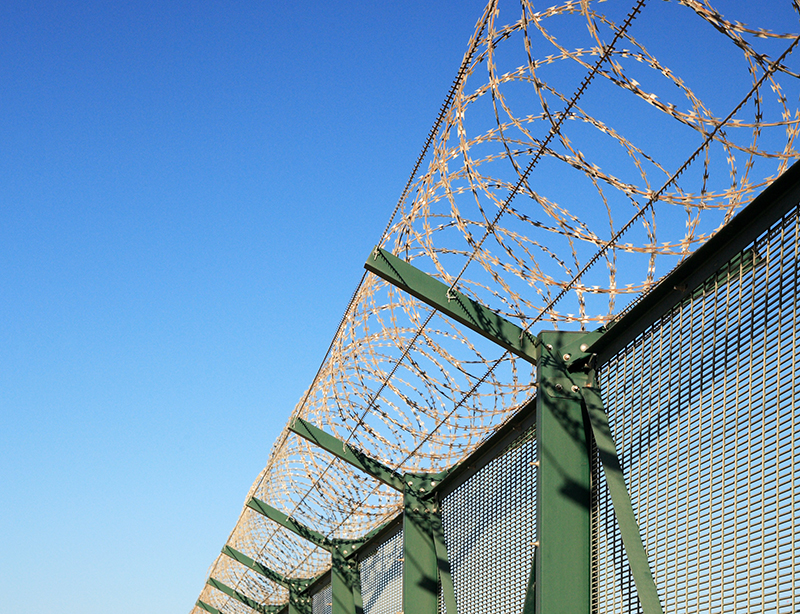How To Choose a Security Fence for Your Facility

A security fence is often the first line of defense against those who would menace your facility, either in vehicles or on foot. We at Delta Scientific know how important this decision is. Here, we offer the following tips to help you choose security fencing that is effective against intrusion by potential bad actors.
5 Considerations To Make When Choosing a Security Fence
There are many security fencing types available. The type you choose could mean the difference between full protection for your property or vulnerabilities that could allow a security breach. Here are some important things to consider when choosing a fence.
1. Orientation
When choosing a security fence, you should look for vertical orientation of the fencing materials. It is harder for an intruder to get a foothold and climb over a fence that is vertically oriented than horizontally oriented.
With that said, most—if not all—types of security types have to have at least some horizontally oriented fencing materials. These should not be accessible to passersby, e.g., they should be on the inside of the fence rather than the outside.
2. Height
In theory, the taller the security fence, the more effective it is at deterring intruders. The recommended height is at least 8 feet. However, you must check with the permitting authority before building a fence to see if any zoning regulations apply. Some municipalities do not allow security fences taller than 6 feet.
3. Access Points
You can have the tallest, strongest security fencing in the world, but if the access point is vulnerable to infiltration, the protection the fence offers is compromised. Here is where we at Delta Scientific can help you as we offer access control products such as this anti-climb pedestrian door that can be customized to fit any size opening and can prevent intruders on foot from getting either over or through your fence.
4. Crash Test Ratings
Because of the alarming increase in vehicle ramming attacks over the past 15 years or so, both the security fencing itself and the access points should undergo crash testing to see how effective they are at stopping a fully loaded, 15,000-pound vehicle traveling at high speeds. Crash-tested products receive a rating that communicates how effective they are at stopping speeding vehicles.
The products with the highest crash ratings are able to stop a fully loaded truck traveling up to 50 miles per hour. Depending on the crash rating used, you will see these labeled either M50 or K12.
5. Materials and Configuration
In addition to having a high crash test rating, security fences and gates should have sturdy construction from materials that are difficult to bend or cut. However, a solid fence isn’t necessarily more secure. Should an intruder manage to scale the fence, opacity can hide it from observers. Therefore, a fence that provides some visibility, such as vertically oriented slats made from hardened steel, potentially offers more protection.
Find the Perfect Gate To Complement Your New Security Fence
We at Delta Scientific offer access control systems such as sliding gates and bi-fold speed gates that enhance the performance of your security fence. We work with you to design a product that perfectly meets your needs, so contact us to request a quote and start the process.
Sources:
https://www.rcmp-grc.gc.ca/physec-secmat/pubs/gcpsg-gsmgc-009-eng.htm
https://www.thespruce.com/picking-the-best-type-of-security-fence-5208888
Share This Story, Choose Your Platform!
